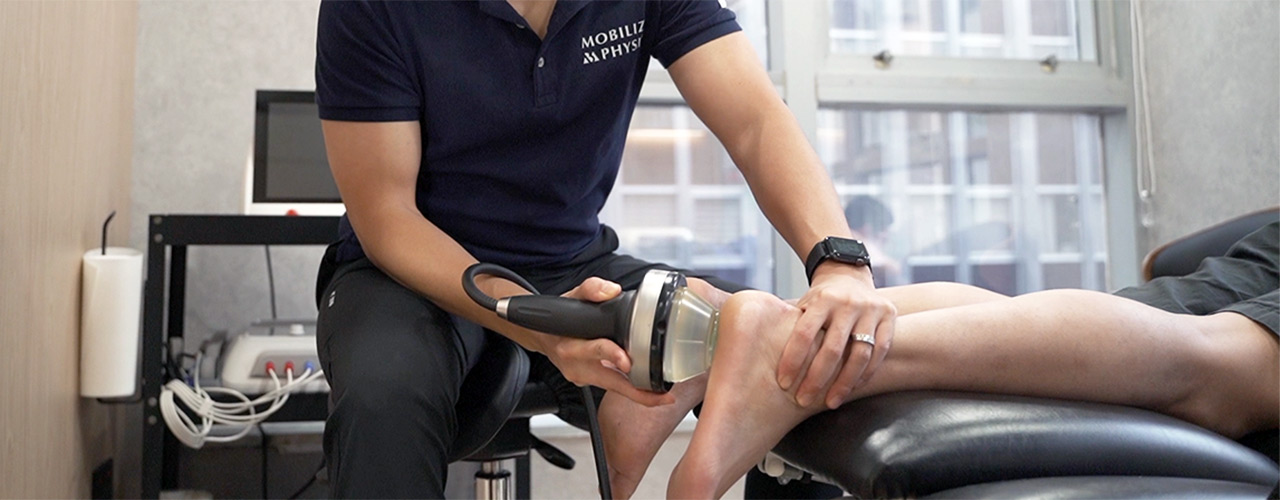In recent years, physiotherapy (PT) has gained considerable popularity as a valuable avenue for helping individuals regain their desired lifestyle and activity level while alleviating pain. With a diverse range of treatment techniques—including manual therapy, strengthening exercises, stretching, mobility work, and other specialized modalities—PT aims to enhance functionality and quality of life.
Despite its growing acceptance, many people remain unaware of the full spectrum of benefits that physical therapists can offer. It is essential to address and dispel common misconceptions surrounding physical therapy to foster a more informed and open-minded perspective, ultimately combating the spread of misleading information.
Table Of Content
Myth 1: Physiotherapy is painful.
Fact: Physiotherapists are dedicated to minimizing pain and discomfort, including chronic pain. They work within your pain threshold to facilitate healing, restore movement, and enhance function. Interestingly, while 71% of individuals who have never consulted a physical therapist fear that treatment will be painful, the perception of pain significantly decreases among those who have experienced physiotherapy.
Myth 2: Physiotherapy lasts forever.
Fact: The duration of physical therapy depends on individual needs and goals. Many patients complete their therapy within a scheduled timeframe as they achieve their objectives.
Myth 3: Physiotherapy is only “exercise-based”.
Fact: While an exercise-based approach is common, physiotherapy employs a wide range of techniques and methods to benefit patients. In addition to traditional strengthening and stretching exercises, modalities such as dry needling (trigger point acupuncture), manual therapy, and shockwave therapy are utilized for muscle pain relief and recovery. Trigger point acupuncture (dry needling) is used as an effective treatment method and is gaining popularity for relieving muscle pain. Unlike traditional acupuncture, dry needling uses thin filament needles to target muscle trigger points, easing discomfort and promoting recovery. Additionally, manual therapy is utilized by the hands of a physical therapist to mobilize joints and perform soft tissue work to decrease tone in a tight muscle. Shockwave Therapy on the other hand, uses high-energy electromagnetic waves emitted from a device outside the body, penetrating the skin to reach deep tissue. This therapy effectively stimulates the junctions between tendons and bones, promoting the growth of new blood vessels and improving blood circulation. There are other advanced techniques—such as High Energy Inductive Therapy and Electro Muscle Stimulation—that expand the therapeutic toolbox beyond exercise alone.
Myth 4: Physiotherapy consists solely of massages.
Fact: While manual therapy includes hands-on techniques, physical therapy involves a comprehensive approach tailored to each individual’s needs, incorporating a variety of treatment techniques. As mentioned above, a variety of modalities and therapies are incorporated in a physiotherapy session.
Myth 5: Physiotherapy only benefits athletes.
Fact: Though many athletes seek physical therapy for sports-related injuries, the benefits extend to individuals of all ages and backgrounds. Physiotherapy assists in addressing mobility issues, pain, and weakness in patients, helping to build confidence and encourage active participation in community life.
Myth 6: Physiotherapy is only for those who have been injured or involved in accidents.
Fact: Physiotherapists diagnose and treat a broad range of conditions beyond post-injury care. They provide pain management and work with patients experiencing chronic issues such as carpal tunnel syndrome, headaches, low back pain, and even long COVID, aiming to restore health and improve functionality.
Myth 7: A doctor’s referral is required for Physiotherapy.
Fact: In Hong Kong, a doctor’s referral is required for physiotherapy. In addition, the referral letter is usually required for insurance claims purposes.
Myth 8: I can do physiotherapy myself.
Fact: While your active involvement is crucial to the success of your treatment plan, the expert guidance of a licensed physiotherapist cannot be replaced. Their specialized education and clinical expertise allow them to create a personalized care plan tailored to your specific needs.
Myth 9: Physiotherapists only work with patients in pain.
Fact: Physiotherapists improve quality of life for all, focusing on preventative care, rehabilitation,, optimization of movement and sports performance enhancement, not just pain relief.
Myth 10: Physical therapy doesn’t work.
Fact: Research consistently shows that physical therapy is effective. Patients who actively participate in their treatment—staying consistent with prescribed exercises and attending sessions—achieve remarkable improvements in their functional abilities. Many individuals, like those at Mobilize Physio, have experienced successful recoveries and enhanced satisfaction with their physical health.
Conclusion
By debunking these myths, we can help foster a better understanding of the vital role physiotherapy plays in health and wellness, empowering individuals to seek and benefit from expert care. To find a qualified Physiotherapists in your area, visit a PT and take the first step toward better health and movement.

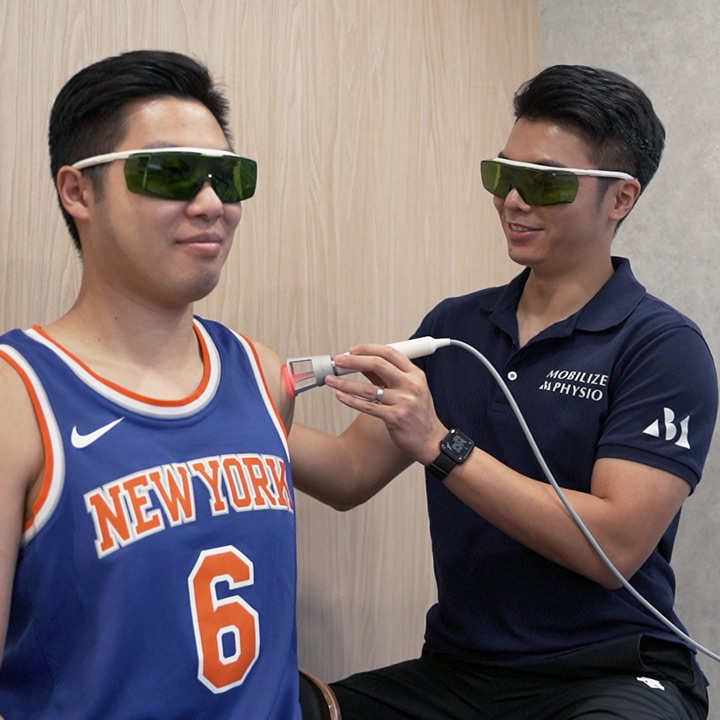
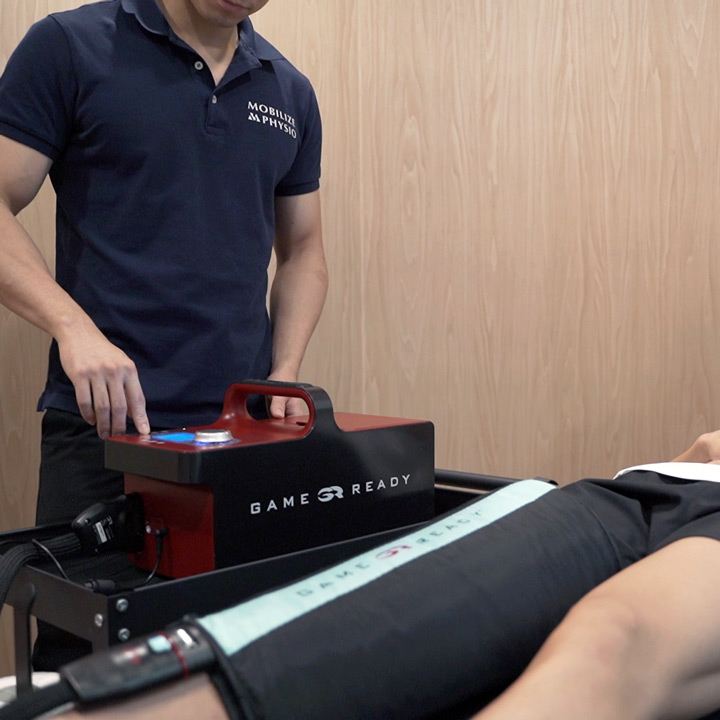
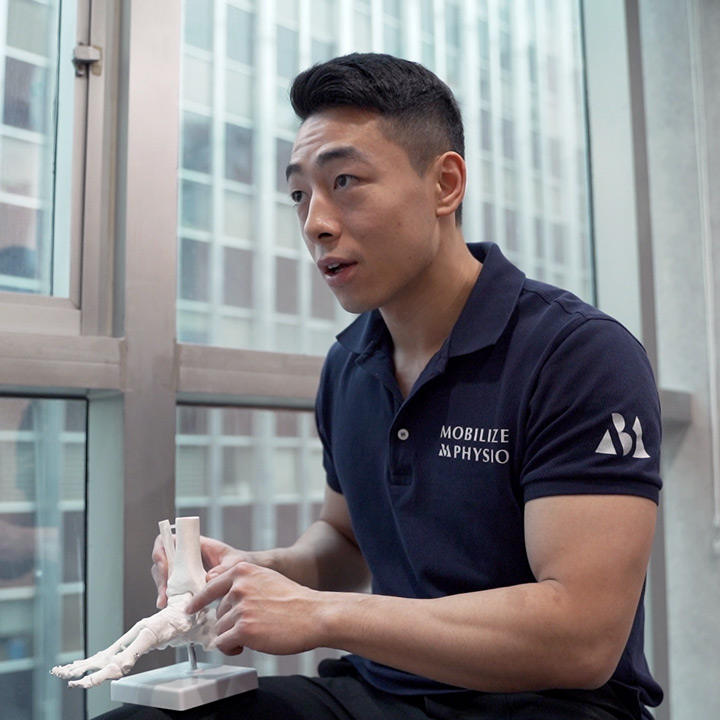
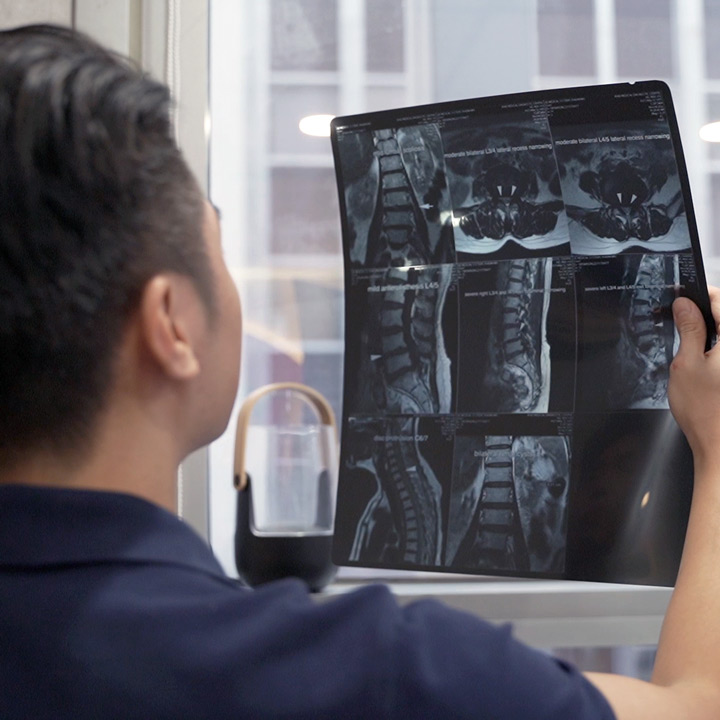
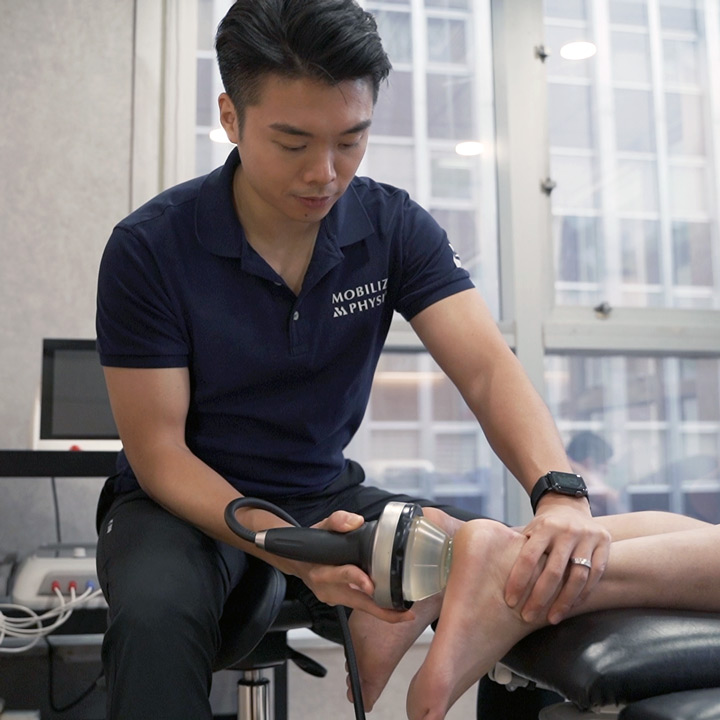
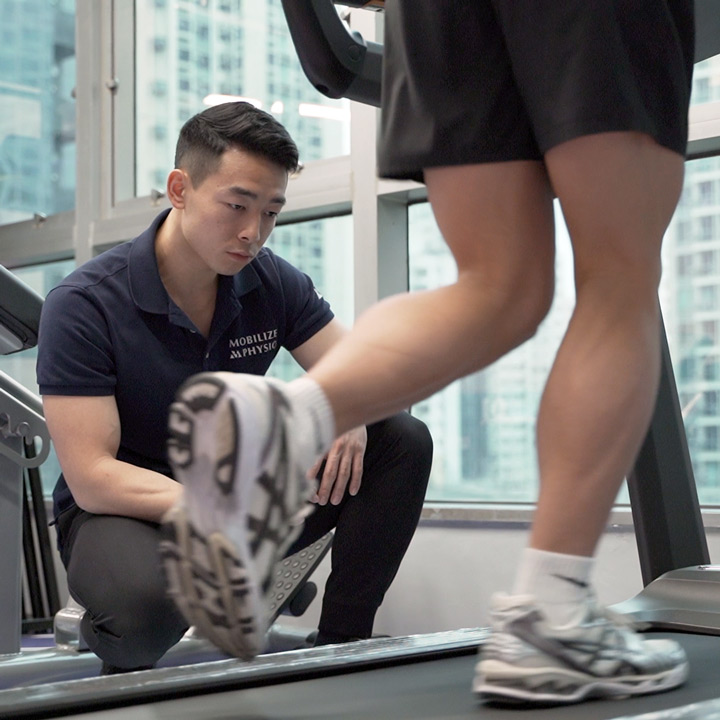
Physiotherapy Service
Mobilize Physio is a physiotherapy center located in Hong Kong. Our team of professional physiotherapists provides high-quality, evidence-based pain treatment. Our services include sports injury treatment, pain management, post-surgery rehabilitation, and posture and body alignment correction.
Every patient is unique, and we believe that every treatment plan should be customized accordingly. Therefore, we focus on one-on-one service to ensure that each patient receives personalized attention and specialized care. Contact us today to learn more about our physiotherapy services.
Latest Blog Posts
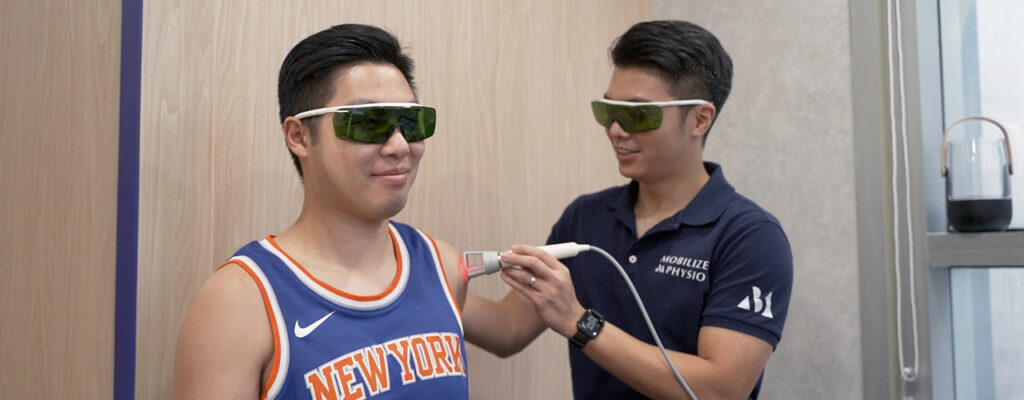
Why Pre and Post-Operative Physiotherapy is Essential for Recovery?

Tips to Reduce Hip Joint Pain and Stiffness
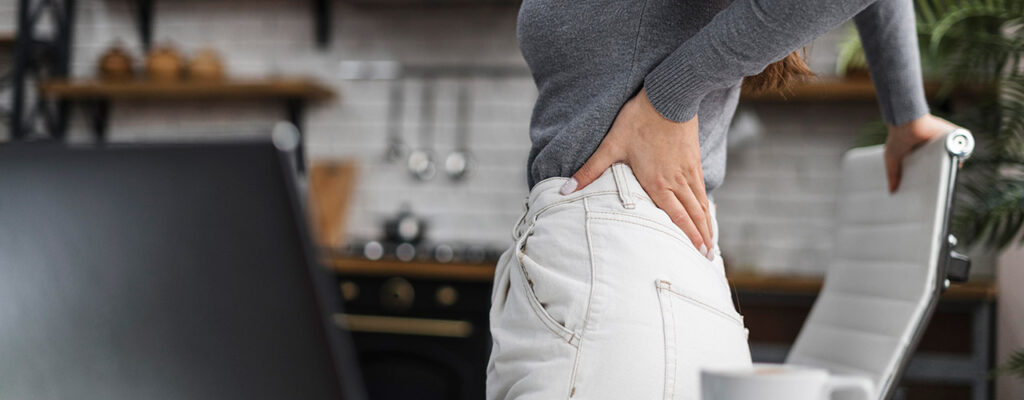
Pain in the Butt: Why It’s Probably Not Piriformis Syndrome

Standing All Day at Work? 7 Tips to Reduce Your Risk of Varicose Veins

Mobility Enhancement for Older Adults: The Key to Healthy Aging

Traditional Acupuncture vs. Dry Needling: What’s the Difference?

